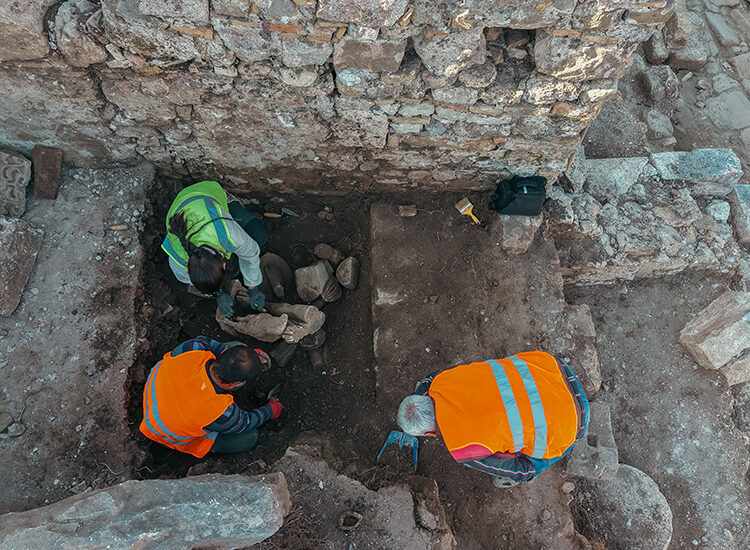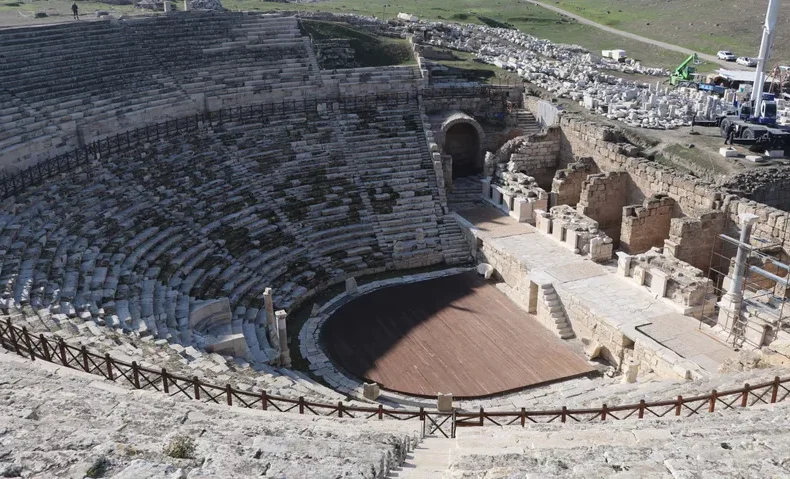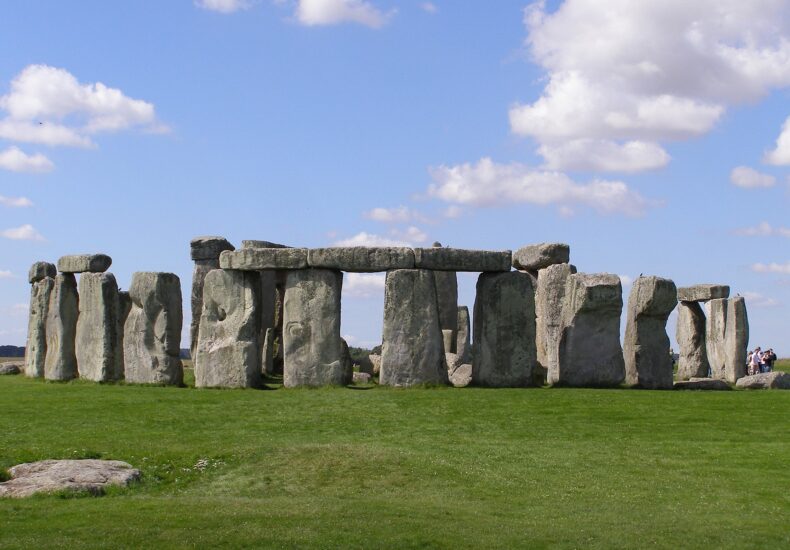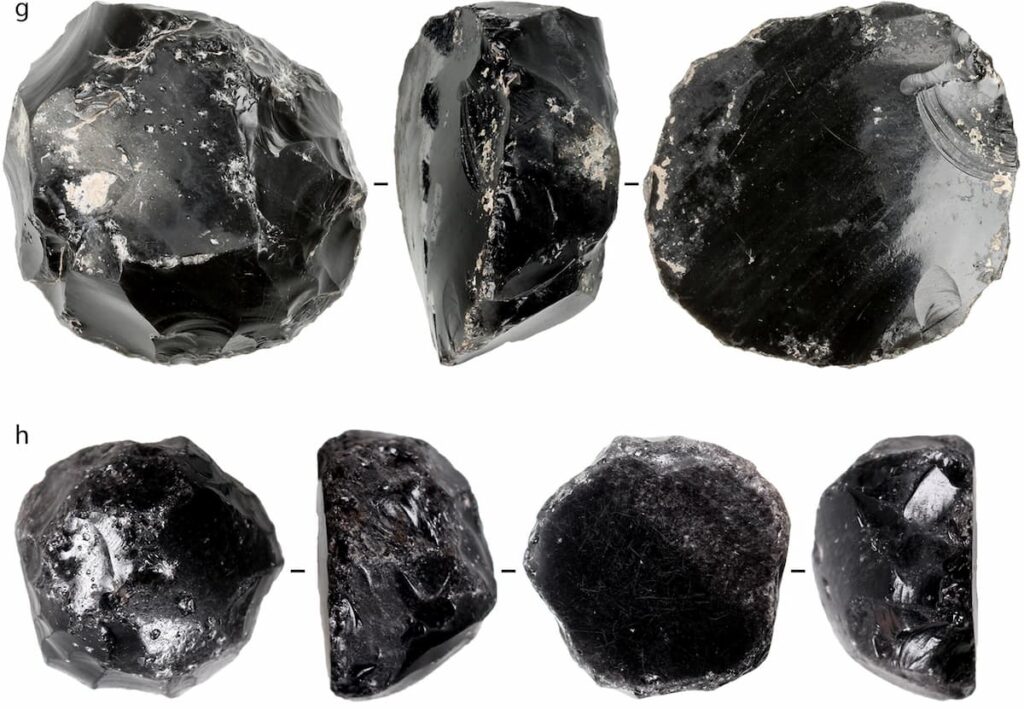
Statue of Hermes Found in the Ancient City of Aspendos in Türkiye
In the ongoing archaeological excavations at the ancient city of Aspendos in the Serik district of Antalya, southern Türkiye, a Hermes statue from the Roman Imperial Period has been discovered. The excavations at Aspendos, founded by the Akas in the 10th century BC, are being carried out under the leadership of the General Directorate of

Unique rock tomb discovered by chance in the courtyard of a house in southeastern Türkiye
Şanlıurfa, located in southeastern Türkiye, has added a new mysterious page to its historical record. A 2300-year-old rock tomb, discovered by chance in the courtyard of a house, sheds light on the city’s thousands of years of history. This significant discovery, announced by Şanlıurfa Governor Hasan Şıldak, once again revealed the region’s rich cultural heritage.

Shoppers at a supermarket in Türkiye are surprised by a 2300-year-old rock tomb
In Bodrum, a prominent tourist destination in Türkiye, a remarkable 2300-year-old rock tomb has been unexpectedly integrated into the shelves of a supermarket. Dating back to the 3rd century BC, the presence of this ancient tomb within a retail space has sparked both astonishment and controversy, leading to its nickname, the “Museum Market.” This unusual

Archaeologists Have Discovered a Rare Monolithic Menhir
In the German state of Saxony-Anhalt, near Halberstadt at Warmholzberg, archaeologists discovered a menhir, dating back to the Middle Bronze Age and meaning “long stone,” during the investigation of structural anomalies detected in grain fields. Initially, archaeologists were working on underground ditches interpreted as belonging to a medieval castle. However, detailed examinations revealed that these

Remains of a Roman village complex emerge from Lake Fusaro in Italy
In Lake Fusaro, near the city of Naples, Italy, the remnants of an ancient Roman village complex have begun to emerge from the water due to bradyseism, a geological process triggered by volcanic activity. This unexpected event is an exciting discovery for archaeologists and historians. Bradyseism refers to the slow rise or fall of the

Restoration of Laodicea’s Ancient Theater Completed
The restoration work of the ancient theater of Laodicea, founded by Seleucid King II. Antiochus in honor of his wife Laodice in the 3rd century BC, has been completed. Laodicea, located in Denizli province of modern-day Türkiye, is listed on the UNESCO World Heritage Temporary List. The city is also home to one of the

Archaeologists Discover Woodhenge Structure in Denmark
The recent archaeological discovery in the town of Aars, Denmark, is poised to radically change our understanding of Europe’s Neolithic period. Archaeologists from the Vesthimmerland Museum have unearthed a circular structure dating from 2600-1600 BC, known as “woodhenge,” consisting of 45 wooden pieces. This extraordinary find adds a new dimension to the prehistoric cultural interactions

A 3,000-year-old gold processing complex has been discovered in Egypt
In a groundbreaking discovery on Egypt’s Red Sea coast at Gebel Sukari, archaeologists have revealed the remnants of a massive 3,000-year-old gold processing complex, shedding light on the wealth and engineering prowess of Ancient Egypt. The meticulous two-year project by the Supreme Council of Antiquities (SCA) unveils the secrets of this ancient mining hub, adding

The 12,000-Year Neolithic World of Göbekli Tepe Animated
Step into the enigmatic world of Göbekli Tepe and embark on a journey 12,000 years into the past, to a time when the world’s oldest temples rose. This unique experience, brought to life through captivating animations, allows you to unravel the mysteries of the Neolithic era. Göbekli Tepe, located near Örencik village in the Haliliye

Reflections of Ancient Anatolia: Unraveling the Production Center and Techniques of Obsidian Mirrors at Tepecik Çiftlik
Recent research at Tepecik Çiftlik, a site illuminating the Neolithic period in the heart of Anatolia, is uncovering the mysteries of obsidian mirrors used since the 8th millennium BC. These rare artifacts, distinguished by their elegant circular shapes and captivating reflective surfaces, offer significant insights into the social and ritualistic world of that era, beyond
